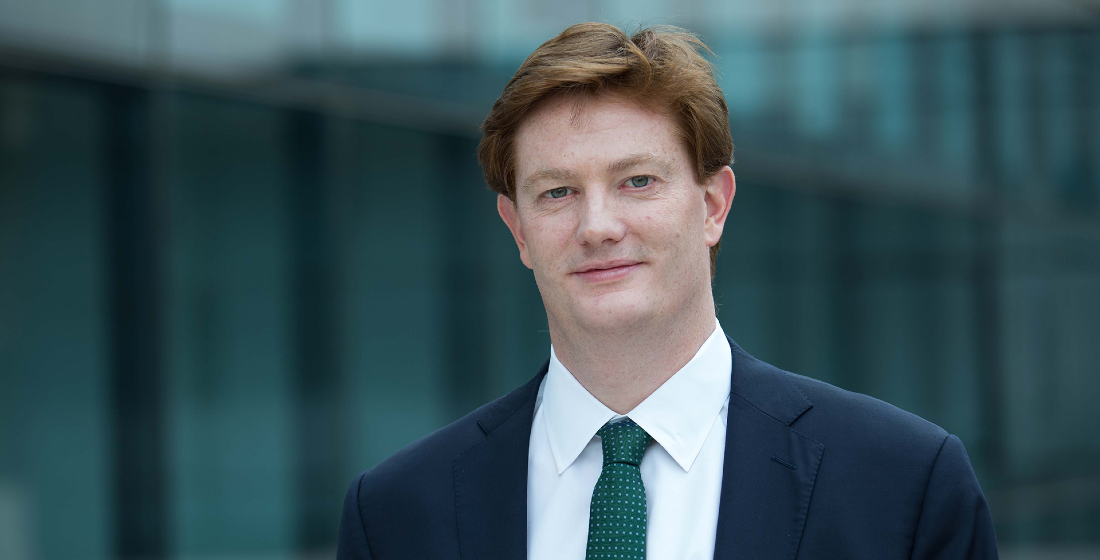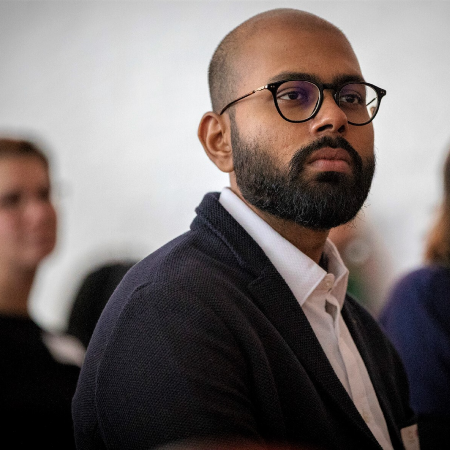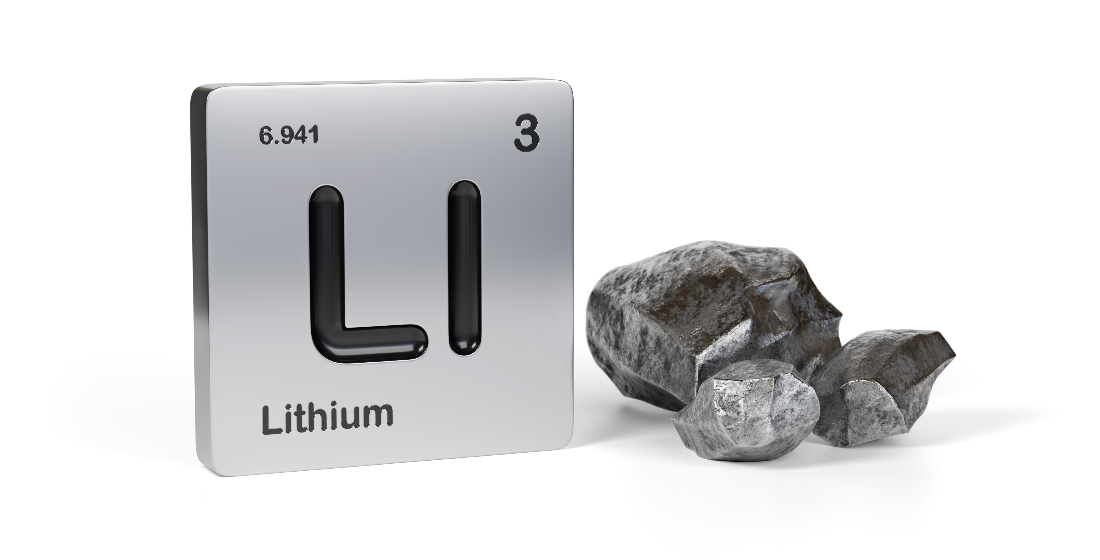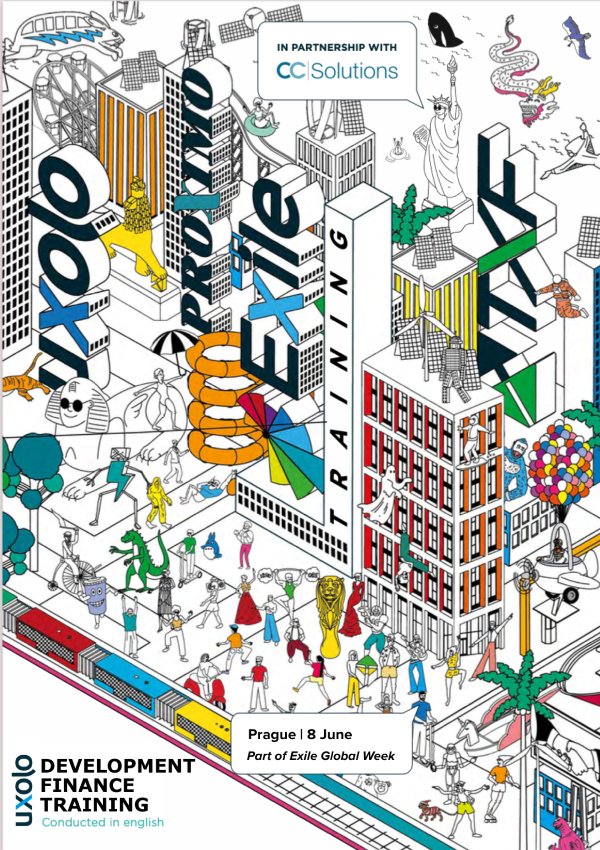Danny Alexander: ‘Gas will be part of the transition for Asian developing nations.’
The Scottish MP-turned-vice president of AIIB speaks with Uxolo at COP26 to discuss the bank's climate financing plans, risk appetite, and plans to phase out fossil fuels.

No longer a new kid on the block, Asia Infrastructure Investment Bank (AIIB) is aiming to allocate 50% of its financing to climate change in the next four years. At COP26, we caught up with Danny Alexander – former Chief Secretary to the Treasury of the United Kingdom and AIIB’s current vice president and corporate secretary – to discuss the ambitions of the Beijing-based multilateral development bank (MDB).
What's been the significance of COP26 for AIIB and what did you achieve?
Danny Alexander: This is the first COP that we’ve attended. AIIB came into existence in early 2016, a few short weeks after the Paris Agreement was signed, so from the start of the bank, the desire to be a green institution and to support our members with their climate goals has been a key part. Obviously, in the first five years, we focused mainly on building up the institution, high-quality governance, high-project standards, financial sustainability, and building the portfolio. Last year, we agreed on our first corporate strategy. Now that we are through the start-up phase and the fundamentals of the bank are very well established and understood, we have an opportunity to think about what direction we want to focus on.
For AIIB, we want to focus on infrastructure for tomorrow, which is thinking about what kind of infrastructure are our members going to need for the next few decades. And so that means that we want to focus on infrastructure, which is climate-related, digitally enabled, connectivity, and the private sector. The most immediate targets are related to climate. So, we aim to have at least 50 percent of our investments with climate finance by 2025. We think that we are likely to commit at least 50 billion US dollars through this decade.
Secondly, we've been working closely with all the other multilateral development banks on Paris Alignment. We have set the goal that all our new projects will be Paris aligned by the middle of 2023. So, attending COP26 is significant in a couple of ways. Firstly, we want to play our part in supporting our members in meeting their significantly enhanced climate commitments that they are making here at COP26, and so that's one of the reasons why we've been stepping up our climate commitments.
Thirdly, we are a new institution, we have a very lean ethos, and so we are going to deliver these goals by building partnerships. So where better to come to build new partnerships in the climate space than COP26?
You mentioned 50% of the financing is going to be within climate financing. So, what sort of sectors and projects are you looking at?
We are looking at both climate change mitigation and climate change adaptation. In mitigation, we are looking at energy, especially clean energy. AIIB is building up a significant portfolio in renewable energy, but also electricity transmission and distribution, and secondly, transport and urban infrastructure. So AIIB has already financed several urban light rail, subways, and urban transport systems. Those would be the two main areas, when it comes to climate change mitigation. Adaptation goes much more broadly because, in the end, every project has to have climate resilience and climate adaptation built-in, obviously particularly in water and sanitation projects and transport projects where adaptation is crucial.
One of the things that happened at this COP is that MDBs made some joint commitments, one on climate finance more broadly and on nature. So obviously, nature-based solutions can be and should be an important part of how we meet different infrastructure challenges. It's an area that we want to build up. For example, when you think about coastal flood resilience, mangroves can be much more effective than concrete walls. That's an area that we want to get into more.
At present among the biggest challenges in climate finance is the limited pipeline of projects out there to pick from. How is AIIB navigating this cluttered landscape?
One of the responsibilities of MDBs is to how to grow the universe of good quality projects. So obviously, AIIB's teams work with our members to help develop bankable projects. We have some tools available to us, like we have our own Project Preparation Special Fund, which makes grants to help develop a project to the stage where it is bankable. We have access to other resources like the global infrastructure facility, like the Multilateral Cooperation Center for Development Finance (MCDF), which can help with project preparation. We work with our client countries on programming and infrastructure plans. I agree with you that it should not be a sort of fight over a small number of projects. We need to help develop many more projects that can be financed.
One of the areas where AIIB has been quite innovative in this space is in the private sector, like equity financing through funds. So, for example, we support the Light Smith Climate Resilience Fund. It's a very interesting organization, one of the first to really see the opportunity in terms of resilience. They are supporting innovative technologies in this space, which can be rolled out more broadly.
We also have some capital market activities, so for example, we have a climate bond portfolio that we put together with Amundi, where the purpose is to expand the range of information available to investors who want to invest in climate responsible companies. In Asia, perhaps the capital markets are less well developed in this space than they are in Europe or North America. So, we can contribute to developing more projects that meet those climate goals.
At COP26, some MDBs announced that they are acquiring coal power plants to phase out coal. What is the AIIB’s stance on phasing out fossil fuel and coal?
AIIB has said for some time that we will not finance any coal project. Never have and never will. For gas projects, we have to assess them as part of our Paris alignment. In Asia, gas projects will continue to be part of their energy mix for many developing countries for a while as part of that transition. So, we will continue to finance gas, provided that it is compatible with that sort of Paris alignment framework. For example, is it compatible with the country's long-term strategy? And are using the best technology? Is it suitable for CCS if that technology is developed? But for many developing countries in Asia, gas is going to be an important part of the mix for a few more years at least.
There is quite a lot of criticism around using gas as a transition fuel, and not moving directly to renewables from coal. What is your stance on that criticism?
You have to look at it on a project-by-project and country-by-country basis. But as I say for many developing countries in Asia, gas will continue to be part of how they can transition. For a while, yes. And so, we should support them. Climate goals are incredibly important, fundamentally important, but they should be delivered in a way that is continuing to support the rightful development aspirations of low and middle-income countries, so you have to try and do those two things together.
It's not right for the rich world to say, well, we developed using these technologies and now we're going to pull up the drawbridge behind us. That's not a message that is either right or going to be effective.
Lastly, what's AIIB’s risk appetite like when it comes to climate financing?
Obviously, part of the purpose of MDBs is to have a greater risk appetite for development projects, but also to have the tools and the expertise that help in practice to really manage and mitigate those risks. That's why, the high standards we apply to projects really matter because if you can have the environmental and social safeguards, procurement policies and anti-corruption to a high standard, and although the project might appear to be riskier to others, through the involvement of MDBs and AIIB, you can help to really manage and mitigate those risks.
The second thing is that in the climate space, there is a lot of innovation going on and a lot of experimentation about different funding models, about different structures, particularly to get the private sector involved. AIIB and other MDBs have to really be part of that innovation. Sometimes that may push us a wee bit out of our comfort zone, but that's necessary in these times.





